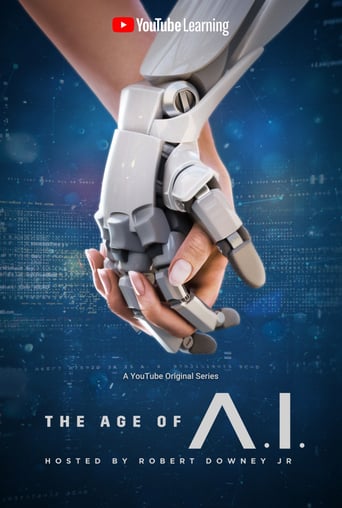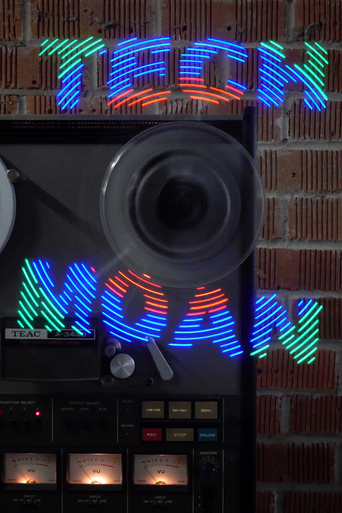Technology Connections Season 1

Technology Connections is a series of YouTube videos that explores numerous aspects of technological history, including how things work, the way things developed, and anything in between. There is no limit to what kinds of tech could be covered — one minute you may be learning about how electron guns draw pictures on an analog television, and the next you might be discovering that your modern toaster is a piece of junk.
Watch NowWith 30 Day Free Trial!
Technology Connections
2015
Technology Connections is a series of YouTube videos that explores numerous aspects of technological history, including how things work, the way things developed, and anything in between. There is no limit to what kinds of tech could be covered — one minute you may be learning about how electron guns draw pictures on an analog television, and the next you might be discovering that your modern toaster is a piece of junk.
Watch Trailer
With 30 Day Free Trial!
Technology Connections Season 1 Full Episode Guide
In today's episode of technology connections, we take a look at the vacuum tube. This simple device had tremendous implications for sound reproduction. We explore how vacuum tubes revolutionized radio, and why they were necessary to make radio practical. Vacuum tubes made possible the next advancements in sound technology.
Thomas Edison's cylinder phonograph was fantastic, no doubt. Can you imagine what it would've been like to hear the first artificial sound? But Edison's mind for the accurate doomed his cylinder, because the cylinder as it turns out is a really stupid shape for this sort of a thing. Emile Berliner threw accuracy to the wind with his disc phonograph, assuming people would rather deal with an easier and cheaper phonograph than a more "scientifically correct" one. Boy was he right. We explore Berinler's idea of storing sound in a different way on a different shape in this episode of Technology Connections.
Bell's invention, the telephone, was the first device capable of reproducing sound. But it couldn't record it. Thomas Edison's invention of the phonograph brought us the first device capable of capturing sound to be played back later. How did Edison figure this out? By combining one of his earlier ideas with the ideas in the telephone, Edison was able to bring a revolutionary product to market (well, sort of). This week, we're exploring how Edison thought up his device.
Alexander Graham Bell is famous for his invention of the telephone. In 1876, his device was the first ever to be able to reproduce sound. Before its invention, nothing existed capable of taking sound waves and replicating them. Bell's invention marks the beginning of our journey through time. This series, of which this video is the first, will be taking you step-by-step through the history of sound reproduction. We begin today with the Telephone.
Free Trial Channels
Seasons


































